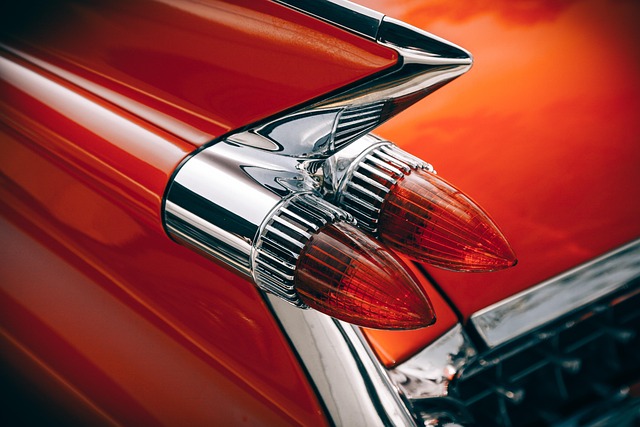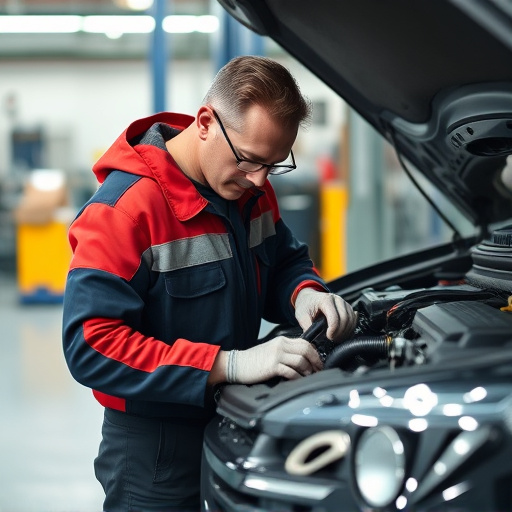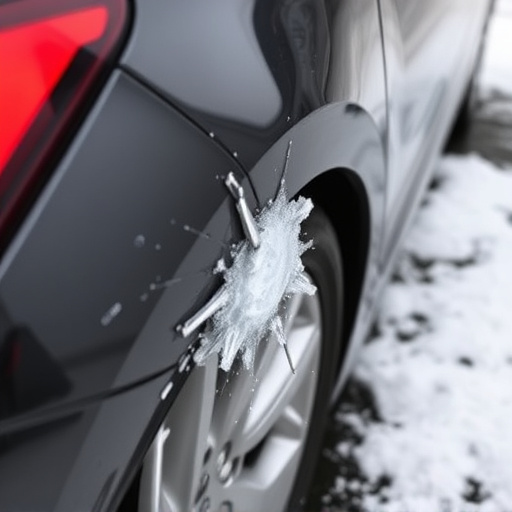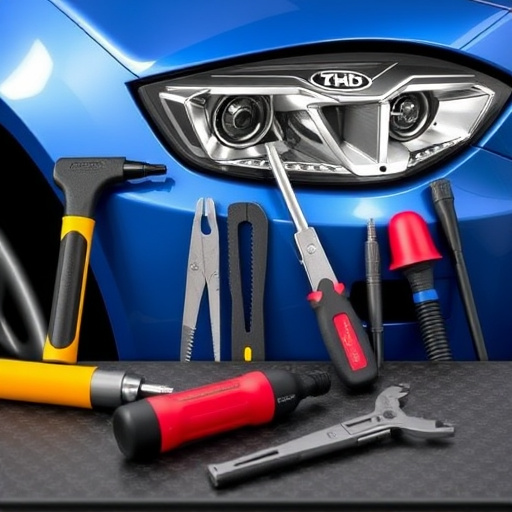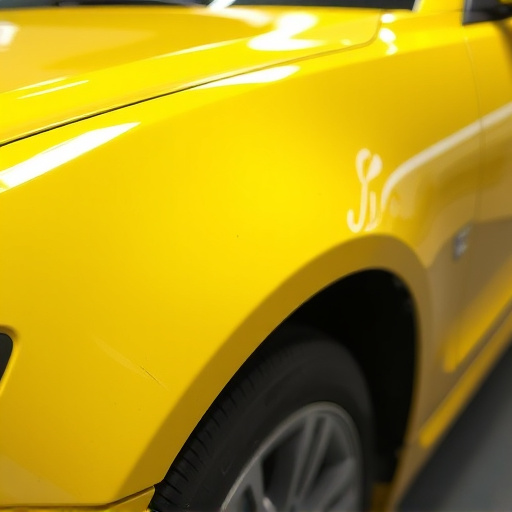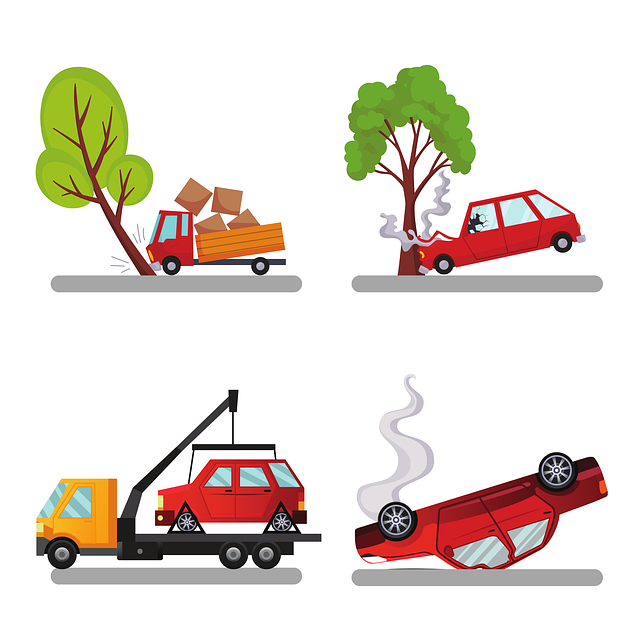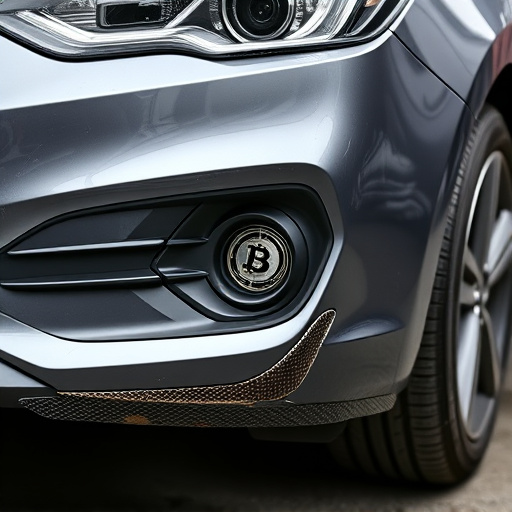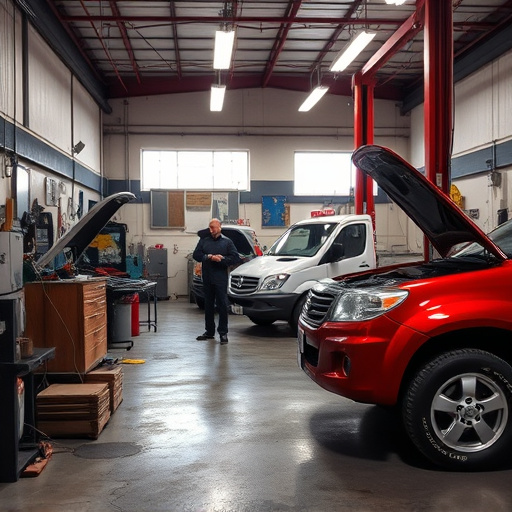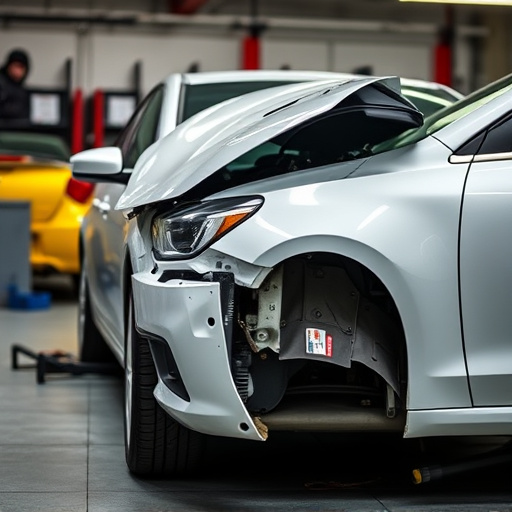Ice damage collision repair presents unique challenges for auto body shops due to water penetration, temperature changes, and obscured pre-existing dents. Specialized equipment and techniques are required to remove ice-induced dimples and creases without damaging the vehicle's structure or finish. Comprehensive solutions include addressing physical repairs, underlying structural damage, exterior paneling, and internal framework restoration, ensuring vehicles are restored to pre-ice damage condition with enhanced weather resilience.
Ice damage collision repair presents unique environmental challenges, demanding specialized attention. This article explores the intricate complexities of repairing vehicles affected by freezing temperatures and ice accumulation. From assessing specific impacts like broken windshields and dented bodies to navigating the delicate process of thermal expansion and contraction, each step requires meticulous consideration. Furthermore, we delve into sustainable solutions, highlighting eco-friendly practices and strategies to futureproof repairs against escalating climate change impacts in the realm of ice damage collision repair.
- Assessing the Unique Challenges of Ice Damage
- – The specific impacts of ice on vehicles
- – Identifying common ice-related car damage types
Assessing the Unique Challenges of Ice Damage

Ice damage collision repair presents a unique set of challenges for auto body shops and vehicle restoration experts. When a car is involved in an accident during or after icy conditions, the impact can be particularly severe due to the rigid nature of frozen surfaces. This poses complex issues for assessors as they must carefully evaluate every aspect of the damage, taking into account not just visible dents but also potential hidden internal harm caused by rapid temperature changes and pressure variations.
Moreover, ice damage often results in intricate patterns of cracks, bends, and deformations that differ significantly from typical car dent repair scenarios. These unique challenges demand specialized techniques and a deep understanding of vehicle structure to ensure accurate repairs and seamless vehicle restoration. Auto body shops must be prepared with the right tools, expertise, and materials to handle such cases effectively, guaranteeing both safety and aesthetic satisfaction for customers facing ice-related collision damage.
– The specific impacts of ice on vehicles
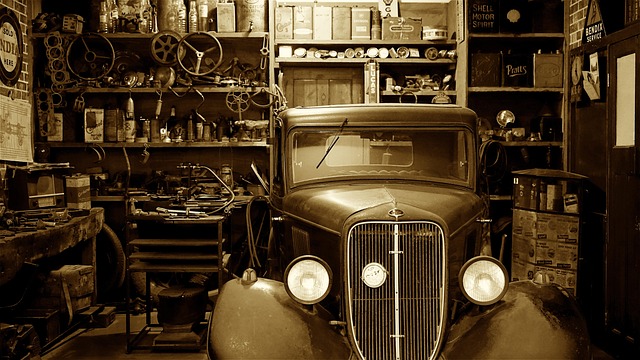
Ice can have severe and unique impacts on vehicles during collision repairs. When ice accumulates on a car’s surface, it can cause several issues that complicate the repair process. The primary effect is the creation of weak points in the vehicle’s structure due to water penetration, which can result in more extensive damage once the ice melts. Ice buildup also obscures existing dents and scratches, making it harder for auto repair shops to accurately assess the full extent of the damage during initial inspections.
Furthermore, ice damage collision repair involves specialized techniques for dent removal. As ice expands inside car bodies, it can create noticeable dimples and creases that require careful and precise handling. Auto repair shops must employ advanced methods to remove these ice-induced dents without causing further harm to the vehicle’s body or finish. This often calls for professional equipment and expertise in car body restoration, ensuring that the final repairs are not only structurally sound but also maintain the aesthetic appeal of the vehicle.
– Identifying common ice-related car damage types
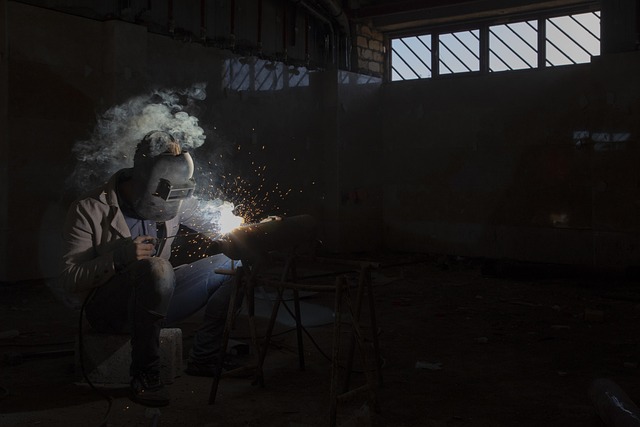
Ice damage can cause a range of issues for vehicles, particularly during severe winter storms. Common ice-related car damage types include dents from ice buildup on roofs and sides, as well as scratches and chips in windshields and windows due to rapid temperature changes. Tree branches and power lines that fall under the weight of ice or snow can also lead to significant collision repair needs, including vehicle dent repair for dings, crumple zones, and even total body panel replacements.
Many auto repair services offer specialized collision center treatments for these unique challenges. The process involves not just physical repairs like vehicle dent repair but also addressing underlying structural damage. Professionals in these centers are trained to navigate the intricate labyrinth of auto parts affected by ice, from the exterior paneling to the internal framework, ensuring that the vehicle is restored to its pre-ice damage condition with enhanced resilience against future weather events.
Ice damage collision repair presents unique challenges due to the specific impacts of ice on vehicles. Assessing and understanding these challenges, such as identifying common ice-related car damage types, is crucial for effective and efficient repairs. By recognizing the unique aspects of ice damage, professionals can navigate this intricate landscape, ensuring optimal vehicle restoration and customer satisfaction in an increasingly frequent and severe weather environment.
